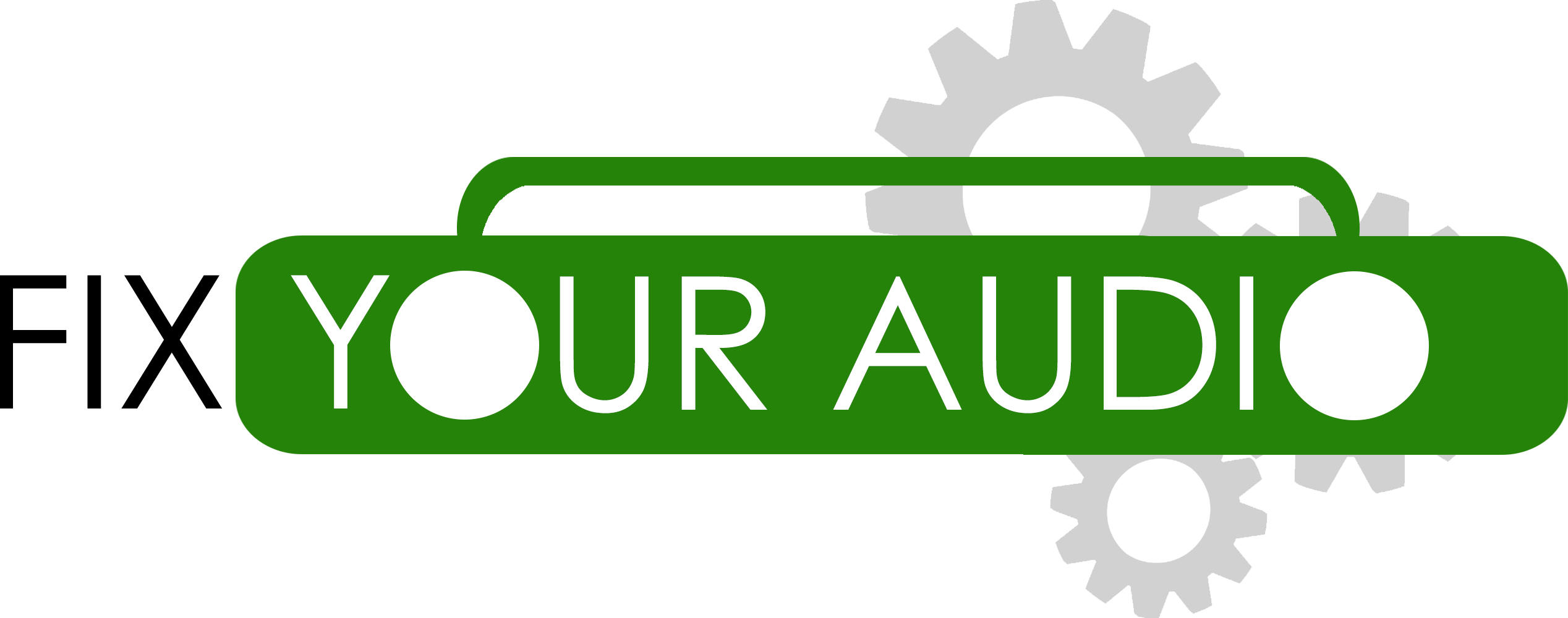
Top 10 Best Practises
- Never try to fix player by oiling parts, if you don’t know what exactly to oil. Most parts do not need any oil to run smoothly. Do not use spray like WD-40
- Parts in your player are aged, their parameters are changed with time. You need to do proper calibration, after player is mechanically fixed. At least correct speed should be set.
- Do not try to setup anything if you don’t have proper calibration tools.
- Use only top quality tools. General tools that you will need: quality screwdriver (PH0), precision tweezers, pocket knife
- Never use strong force to open anything. If you think that something can be open only by applying strong force, then you don’t know how to open it
- Make notes of everything you do. Photo documentation can come handy. Draw solder points of all wires, before you touch them.
- Keep your working space as clean as possible. When some of small part will “jump out”, you will be able to find it easier
- Use organizers to store parts during disassembly. Make notes of everything
- Use cotton wool soaked in IPA to clean parts
- Try to diagnose issue by watching what’s happening inside mechanics, or inside cassette compartment. Try to run player with back cover and door removed and watch what’s happening using magnifying glass. Connect it to external power adapter if possible.
Four most probable reasons of cassette player failure
1. Aged belt – needs to be replaced, there is no other help
2. Pinch roller – clean it well with IPA. If it doesn’t help (rubber is too hard or too soft), then you need to replace it
3. Corroded battery contacts – clean them well
4. Volume pot oxidized – there are special sprays for that purpose. Apply only small drop, do not spray everything
Other: leaked capacitors, cracked plastic parts, old grease and oil turned into glue, dirty switches, dirt inside player, worn head (can be lapped), faulty electronics, damage caused by leaked battery, dry motor bearings






